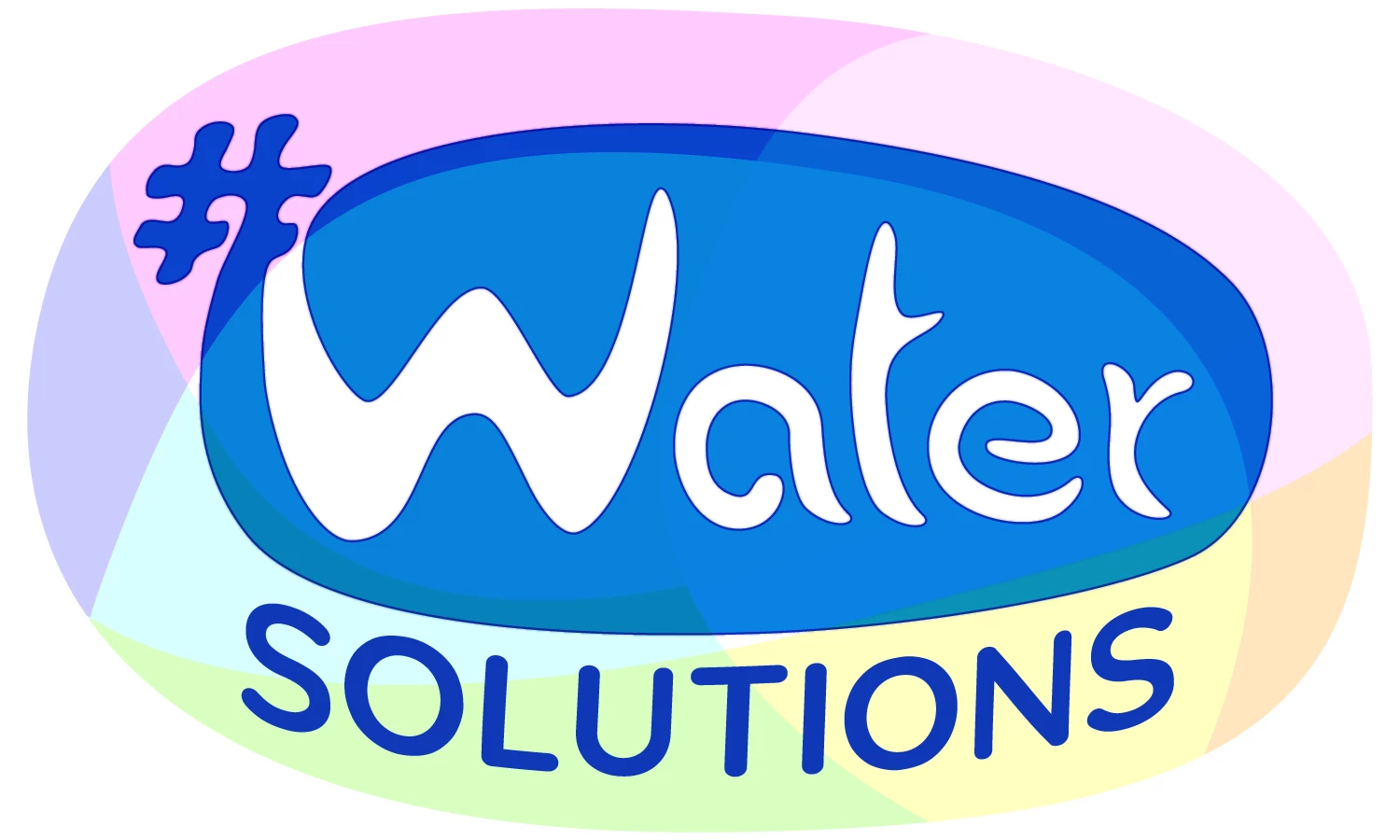Also available in 中文
Editor's Note: 
Cities are growing at a staggering rate, changing our world beyond recognition. For the first time in history, over half the population -- 55 percent -- lives in urban areas. By 2050, that number will rise to 68 percent. This rapid urban growth has given rise to sprawling megacities, many of which are in Asia and Africa.
Perhaps no place epitomizes this trend better than Shanghai. In 1990, the city was still primarily an industrial hub with a population of 13 million. By 2016, the figure had ballooned to 24 million, making Shanghai one of the largest metropolitan areas in the world and the financial and economic hub of China.

As with all megacities, Shanghai's unprecedented surge in growth has placed an incredible strain on the infrastructure and environment. Its size, complexity, and accelerated demand for resources pose urgent challenges for the region.
In the last three decades, the World Bank has been working with the city of Shanghai to help promote sustainable urban development, with a focus on water management.
This 30-year partnership started in the early 1980s, when Shanghai was facing serious water problems including deteriorated water quality, water logging, sewage overflow, and lack of a sewerage network. Then the municipal government turned to the Bank for technically and economically sound solutions. In 1987, the $153 million Shanghai Sewage Project was launched to help build water and wastewater infrastructure in Shanghai . Under the project, combined sewerage system, long-distance transmission, and centralized treatment were adopted, and three sewerage collection catchments were constructed. Also due to the project, one of the first self-financed sewerage companies in China—Shanghai Sewerage Company—was established in 1992. This set up a market-oriented mechanism for corporatized operation in the sewerage sector and paved the way for collecting sewerage tariff from residents and enterprises, for the first time in China.
Since then, we've worked with the city on a variety of water initiatives, from provision of safer drinking water to pollution reduction to the improved management of wastewater and solid waste.
The core of our engagement in the Shanghai metropolitan area over the past few decades has been the Shanghai Adaptable Program Loan (APL). Adaptable program loans (APLs), a type of the World Bank’s lending instruments, provide phased support for long-term development programs and involve a series of loans that build on the lessons learned from the previous loan(s) in the series. Through the APLs, we've helped the city execute high priority infrastructure investments in water supply, wastewater and solid waste systems. Today, more than 2000 million cubic meters of wastewater are collected and treated for disposal, with an impressive wastewater treatment connection rate of more than 90 percent.
To support the Shanghai municipal government in the improvement of sector structure and governance, we helped establish the first water authority in the country. This laid the groundwork for more efficient utilities operations, better water resource management strategies, and the increase of tariffs, which rose from 0.14 yuan ($0.02)/m3 in 1995 to 1.7 yuan ($0.25)/m3 in 2016.
Landfill capacities have also increased under the program. Under APL1, we implemented the first and largest "build, operate, and transfer" (BOT) project for the Laogang Landfill in China where state-of-the-art construction was carried out. The landfill currently receives a third of Shanghai's total municipal solid waste each day. More recently, we financed the Nanhui Raw Water Conveyor, a critical sub-component and the longest onshore conveyor of the QingCaoSha Raw Water Program (QCSRWP). Before 2010, over 70% of Shanghai's raw water came from the Huangpu River and was of poor quality. The new QCSRWP supplies high quality raw water from QingCaoSha Reservoir to ten core districts and five suburban districts and will benefit about 13 million people by 2020.
The Laogang Landfill and the QCSRWP are just two of the many engineering innovations we piloted and launched over the course of the program. Several of our successful infrastructure projects have been replicated in other parts of China and even other countries.
The Bank's long-term engagement in Shanghai has also spurred financial innovations and helped leverage substantial private and public capital for water infrastructure. With APL1, we supported the issuance of China's first enterprise bond for urban environment, which raised 1.5 billion yuan (US$180 million) to finance the Shanghai Sewerage Project III, the West Trunk Sewer, the South Municipal Water Company Water Production System Upgrade and three water treatment plant expansion projects.
As expected from a 30-year partnership, we've learned many lessons in Shanghai. We saw clear benefits from using adaptable program loans (APLs) as the lending instrument of choice for long-term, gradual support in a fast-growing city. And as we observed in the QingCaoSha Raw Water Program, the use of advanced technologies can clearly improve environmental outcomes. When investments are focused on developing long term vision, they can be useful for building an enabling environment.
More than three decades after our first project in Shanghai, the city is still being challenged to keep pace with its dizzying growth. Financing for green infrastructure continues to be difficult to secure, so we plan to leverage even more private sector investments and pilot a full-fledged urban environmental infrastructure financing facility for the city. Going forward, more funding will be needed in the small towns of the greater Shanghai area, where the water infrastructure is not yet equipped to handle the growing demand. The challenges are daunting, but the long-term commitment from the World Bank has clearly helped pave the way for a more sustainable future in Shanghai.


Join the Conversation